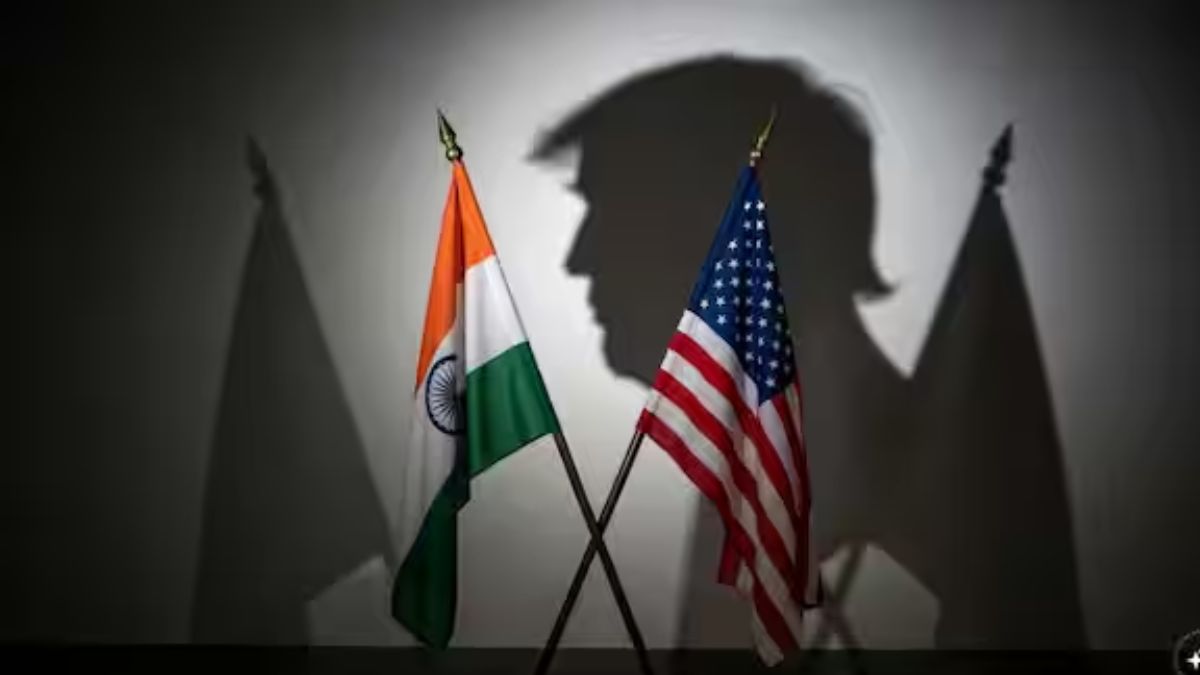Long seen as one of the most successful and upwardly mobile immigrant groups in the United States, Indian Americans are now reportedly confronting an unprecedented wave of racism and online hostility. What began as isolated slurs has evolved into a broad backlash amplified by sections of the Maga movement where economic anxieties, political resentment and culture-war narratives have said to have converged to cast the community as a new target. Fresh data and recent political flashpoints show how success, visibility and shifting allegiances have combined to fuel this surge in hate.
A wave of hate amplified across X
A detailed analysis by the Center for the Study of Organised Hate shows that anti-Indian racism on X (formerly Twitter) accelerated sharply between July and September 2025. The report examined hundreds of high-engagement posts that collectively drew more than 280 million views, indicating that the hostility is not confined to fringe accounts.
Much of the content portrayed Indian Americans as job stealers, visa abusers or foreign infiltrators with calls for deportation, visa restrictions and even revocation of citizenship. Racial slurs and derogatory stereotypes appeared frequently, while real-world incidents were often twisted into narratives portraying Indians as dangerous outsiders. Analysts say this online environment has normalised dehumanising language and made attacks on the community more brazen.
MAGA base turns on its own Indian American figures
The escalation has become particularly visible in conservative political spaces. CNN reported that several Indian American Republicans once embraced as part of the party’s expanding identity are now facing vitriolic attacks from supporters of the Make America Great Again movement. Figures such as Vivek Ramaswamy and Kash Patel, both aligned with core Trump supporters, have become prime targets of racist rhetoric across social media. Posts mocking Ramaswamy’s Hindu faith or questioning Patel’s Americanness highlight how racial boundaries are being redrawn even within the movement. Experts said that the backlash against these figures reveals a deeper shift: the same system that boosted them politically is now turning them into symbols of an America that hardliner supporters reject.
Quick Reads
View AllWhy the hostility is intensifying now
Researchers and advocacy groups point to a mix of political, economic and cultural triggers. The stagnating job market has renewed resentment toward highly skilled immigrants particularly H-1B visa holders who are disproportionately Indian. Some narratives claim that Indian tech workers undermine American employment, despite repeated studies showing the opposite.
At the same time, the far-right’s demographic anxieties have expanded from targeting Latin American migrants to framing Indian Americans as part of a broader “replacement” narrative. The hardening tone on social media, combined with weakened moderation on major platforms, has allowed these narratives to flourish. Analysts also said that Indian Americans’ rising economic and political visibility has made them a convenient target in a polarised climate where success itself is recast as a threat.
Growing unease within the community
The intensifying hostility has raised concern among civil-rights groups and community organisations, who warn that the online rhetoric is spilling into public discourse and could translate into real-world harassment or violence. Indian Americans, who have often been stereotyped as a high-achieving and quiet minority, are now increasingly portrayed as cultural outsiders and economic competitors. For many families, particularly new immigrants, the shift has been jarring not only because of the racism itself, but because it is now coming from political and social spaces that once welcomed them.
A ‘dangerous’ normalisation of hate
Experts warned that the mainstreaming of anti-Indian sentiment reflects a troubling shift in the United States’ racial climate. What began as scattered slurs and fringe conspiracy theories has evolved into a sustained narrative portraying a prominent immigrant community as an existential threat. For experts tracking domestic extremism, this trend is a warning sign: when racism becomes normalised, it rarely stays confined to online spaces.
)